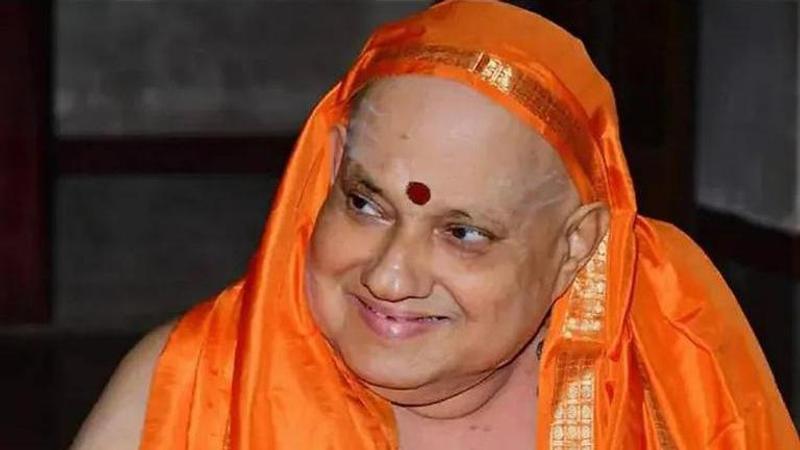Published 14:55 IST, September 6th 2020
Kesavananda Bharati, petitioner in case that brought basic structure doctrine, passes away
The head of the Edaneer Mutt in Kasargod - Kesavananda Bharati - has passed away. He will be remembered for 'basic structure of the Constitution' doctrine of SC

The head of Kerala's Edaneer Mutt in Kasargod - Kesavananda Bharati - passed away on Sunday, September 6, aged 79 due to age-related ailments. As per the police he passed away at around 3.30 AM on Sunday morning. He will be remembered for the Kesavananda Bharati case - that led to the Supreme Court evolving the celebrated doctrine of the 'basic structure of the Constitution'.
Kesavananda Bharati case
Four decades ago, Bharati had challenged a case related to Kerala Land Reform Act that set the principle that the Supreme Court is the guardian of the basic structure of the Constitution, and the verdict involved 13 judges - the largest bench ever to sit in the apex court. The 13-judge Bench of the Supreme Court ruled on April 24, 1973, by a 7-6 majority judgment in ‘His Holiness Kesavananda Bharati Sripadagalvaru and Ors. Vs. State of Kerala and Anr’, that the 'basic structure of the Constitution' is cannot be amended by Parliament. While the then Chief Justice of India S M Sikri, and Justices K S Hegde, A K Mukherjea, J M Shelat, A N Grover, P Jaganmohan Reddy, and H R Khanna delivered the majority opinion, Justices A N Ray, D G Palekar, K K Mathew, M H Beg, S N Dwivedi, and Y V Chandrachud dissented.
The case of Kesavananda Bharati vs State of Kerala was heard for 68 days and continues to hold the top spot for the longest proceedings ever to have taken place in the top court. The hearing in the case commenced on October 31, 1972, and concluded on March 23, 1973. It remains among the most referred to cases and forms the fundamental tenet in Indian Constitutional law.
The top court in its judgment stated that Article 368 of the Constitution, which gives Parliament the powers to amend the Constitution, is not absolute, and that there must be something that should remain of the original Constitution and that cannot be amended by Parliament. This is known to be the doctrine of the basic structure. However, the apex court did not define what exactly is the basic structure itself. It has mentioned features of the basic structure - federalism, secularism, and democracy being some among them.
(Image credit: Twitter AN Radhakrishnan @anrbjp)
Updated 14:55 IST, September 6th 2020




